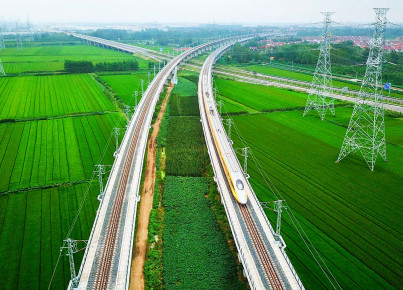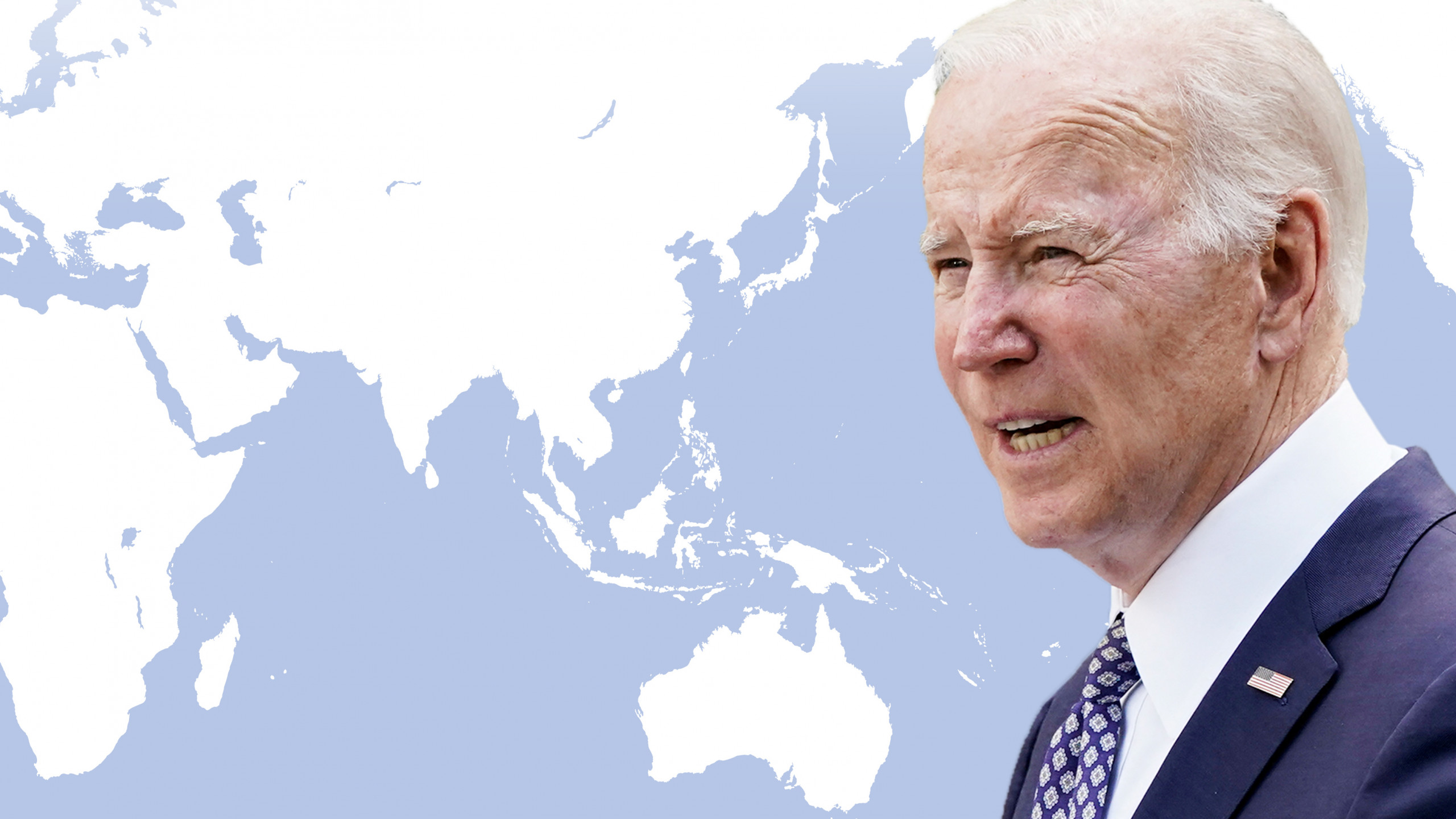The UN has long established a fruitful collaboration in the agricultural sector with ASEAN for the sustainable development of the most vulnerable populations.
Agriculture represents a substantial share of the GDP of the vast majority of ASEAN countries, and it is one of the main sources of employment, directly or indirectly, for the approximately 300 millions inhabitants of the rural areas. While the economic and productive structure of ASEAN countries are different, the primary sector is one of the major sources of income in Indonesia, Vietnam, Myanmar and Cambodia. However, even if some of these countries are among the main global producers of commodities such as rice and coffee, their maximum production capacity is still far from being reached. To tackle problems related to low levels of productivity, limited access to international markets, poor dissemination of technologies, reduction of agricultural workforce (resulting from industrial development) and climate change, in the last years we have assisted to more and more investments in the agricultural sector. International organizations operating in the region can be considered contributors and facilitators of this process that has brought about a new agricultural spring in Southeast Asia.
Allies of ASEAN in this challenge to make the agricultural sector as sustainable as possible are the so-called Rome Based Agencies (RBAs) of the United Nations: the Food and Agriculture Organization (FAO), the International Fund for Agricultural Development (IFAD) and the World Food Program (WFP). These agencies offer a wide range of knowledge and expertise in the financial and technological sector, being recognized at the international level as the highest authorities in the field of food security, agriculture and nutrition.
The WFP’s primary mission is to intervene in emergency situations to provide food assistance that can guarantee social and economic development in the long run. It is currently engaged in assistance projects in five countries of the Association (Philippines, Myanmar, Lao, Indonesia and Cambodia). FAO and IFAD, on the other hand, work at the implementation of long-term projects for agricultural development that respectively have the objective of defeating famine and malnutrition in the world and making the rural economies more inclusive, productive and sustainable.
FAO, which all ASEAN countries are member of, has a fruitful history of bilateral cooperation with the Association itself, to which it provides consultancies on policies, analysis and assistance in the agricultural sector, particularly collaborating with the ASEAN Economic Community (AEC). ASEAN and FAO, through a Memorandum of Understanding signed in 2013, have joined their forces to increase the cooperation in agriculture and forestry with the goal of reducing famine in the region, progressing on food security, and preventing and monitoring transnational animal diseases.
IFAD is currently engaged in a collaboration with the ASEAN Secretariat to support two specific objectives: the ASEAN Programme on Sustainable Management of Peatland Ecosystems to limit the environmental impact of agriculture, and the ASEAN Economic Blueprint 2025 to develop digital technologies. In cooperation with the ASEAN Member States, IFAD is facilitating the data collection and analysis related to land management to monitor and prevent fires and smog, as well as to strengthen regional coordination for their prevention. Furthermore, IFAD assists small farmers in the use of digital technologies for agricultural production, helping in the creation of new partnerships between public and private sector, and providing the necessary instruments to implement these techniques through targeted training courses.
Through these examples of multilateralism, ASEAN receives from the UN system an important support in the race to transform agriculture into an efficient and productive instrument to improve the livelihoods of its population and to enhance sustainable development models, as indicated in the 2030 Agenda. The close cooperation between regional and global organizations, particularly on issues relating to the improvement of people’s living conditions, remains one of the most effective development policy instruments, making the rapid transfer of new technologies possible even in the poorest and most remote rural areas of the world.
By Luca Menghini






